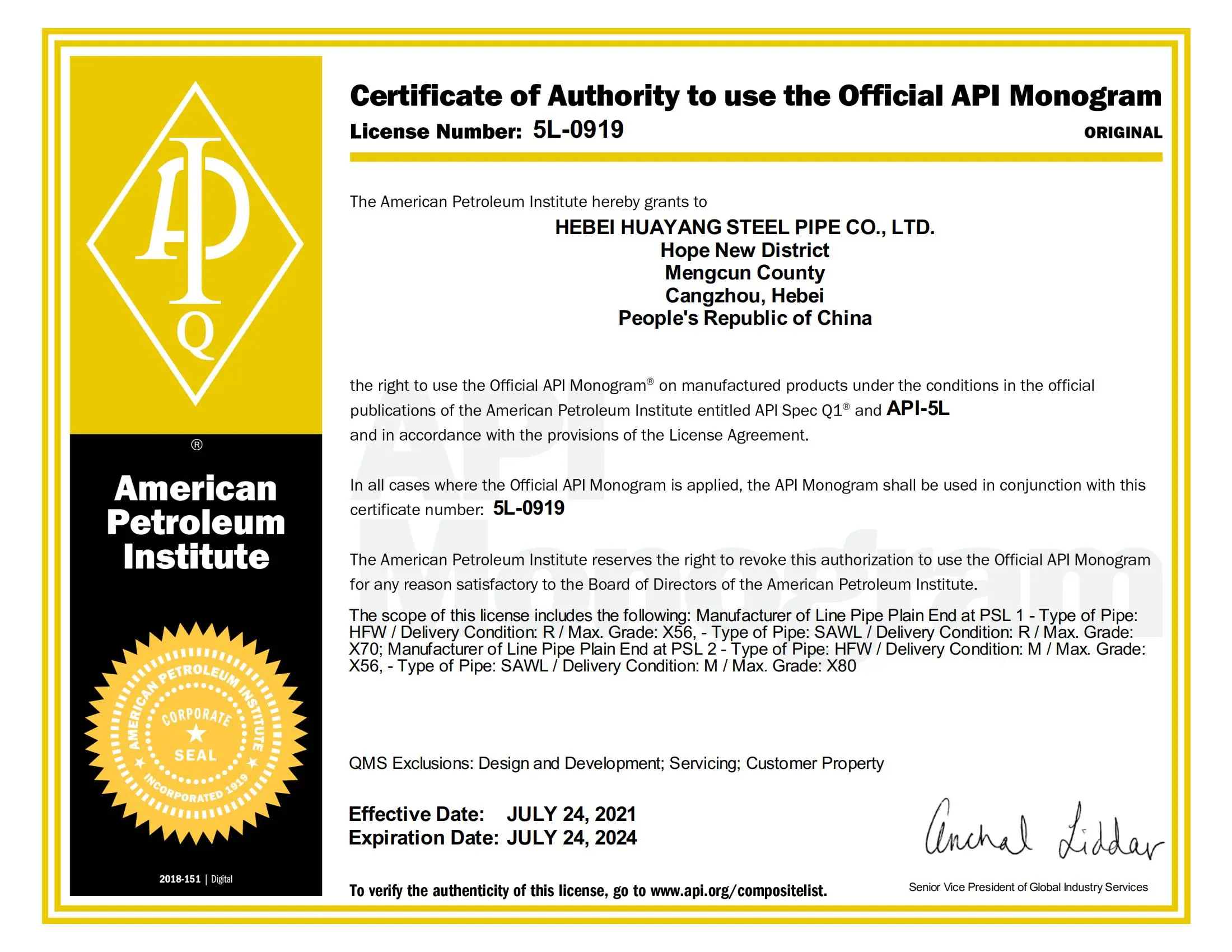
Dec . 12, 2024 10:11 Back to list
hec cellulose
HEC Cellulose A Versatile Polymer with Diverse Applications
Hydroxyethyl cellulose (HEC) is a non-ionic, water-soluble polymer derived from cellulose, a natural polysaccharide. Cellulose itself is the most abundant organic polymer on Earth, primarily found in the cell walls of plants. HEC is synthesized by the reaction of ethylene oxide with cellulose, resulting in a modified cellulose compound with distinctive properties. Due to its unique characteristics, HEC finds applications in various industries, including pharmaceuticals, food, cosmetics, and construction.
One of the most notable attributes of HEC is its solubility in water, which allows it to form viscous solutions. This property is particularly advantageous in the pharmaceutical industry, where HEC is used as a thickening and stabilizing agent in liquid formulations. It acts as a vehicle for drug delivery, enhancing the efficacy and bioavailability of medicinal compounds. Moreover, HEC's ability to form gel-like substances makes it an ideal candidate for controlled-release systems, providing sustained release of drugs over time. This is especially beneficial for medications that require a prolonged therapeutic effect.
HEC Cellulose A Versatile Polymer with Diverse Applications
In the realm of cosmetics and personal care, HEC is a common ingredient in lotions, creams, and shampoos. Its thickening ability not only improves the product's consistency but also enhances the feel of the product when applied to the skin or hair. Additionally, HEC serves as a film-forming agent, providing a protective barrier on the skin or hair that helps retain moisture. This makes it particularly valuable in hydrating products aimed at combating dryness.
hec cellulose

The construction industry also benefits from HEC's versatile properties. It is used in tile adhesives, cement, and plaster to improve workability, adhesion, and water retention. HEC's water-retentive qualities are crucial in preventing the premature drying of cement and mortar, ensuring optimal curing conditions. This results in stronger and more durable constructions. Moreover, its inclusion in building materials contributes to the overall sustainability of construction practices, as it allows for the use of less water.
Environmental considerations are an essential aspect of HEC. As a cellulose derivative, HEC is biodegradable and derived from renewable resources. This aligns with the growing trend toward sustainable practices across various industries. Companies are increasingly seeking eco-friendly alternatives to synthetic polymers, and HEC presents a viable solution that meets both performance and environmental requirements.
Despite its versatility and numerous applications, the production and use of HEC are subject to stringent regulations. Quality control measures are essential to ensure the polymer meets the required specifications for safety and efficacy in its various applications. Research continues to evolve the understanding of HEC's properties, leading to innovations that enhance its functionality and broaden its applications.
In conclusion, hydroxyethyl cellulose is a remarkable polymer with a wide array of uses that span multiple industries. From pharmaceuticals to food formulation, cosmetics, and construction, HEC demonstrates its value through its thickening, stabilizing, and emulsifying properties. As industries move towards sustainable practices, HEC's biodegradable nature and renewable origins position it as a favorable choice for the future. Continued research and development will undoubtedly reveal even more applications, solidifying its role as a key player in the ongoing shift toward eco-friendly and effective solutions across various sectors.
-
Versatile Hpmc Uses in Different Industries
NewsJun.19,2025
-
Redispersible Powder's Role in Enhancing Durability of Construction Products
NewsJun.19,2025
-
Hydroxyethyl Cellulose Applications Driving Green Industrial Processes
NewsJun.19,2025
-
Exploring Different Redispersible Polymer Powder
NewsJun.19,2025
-
Choosing the Right Mortar Bonding Agent
NewsJun.19,2025
-
Applications and Significance of China Hpmc in Modern Industries
NewsJun.19,2025







